Fortunately, this condition is rare and most often occurs after the age of 60, although it can also develop earlier. ALS leads to gradual muscle weakness, causing difficulty in moving, speaking, swallowing, and, in advanced stages, breathing.
At present, no treatment can completely cure ALS. Existing therapies aim to delay its advancement and manage symptoms, helping patients retain daily independence.
Causes
The causes of amyotrophic lateral sclerosis are not fully understood. Experts believe that there is no single cause for this disease, but rather a combination of factors. ALS develops as a result of a combination of genetic and environmental factors, which together lead to damage to motor neurons.
Genetic Factors
In some people, genetic mutations are responsible for the development of the disease. Researchers have found over 120 genes that might play a role in ALS. Some of them affect the way nerve cells process proteins and RNA. When this process goes wrong, defective proteins begin to accumulate in the neurons, damaging the cells and leading to their death.
Environmental Factors
Environmental factors also play an important role. People who often suffer head injuries, serve in the military, smoke cigarettes, or come into contact with toxic substances like heavy metals, pesticides, or strong electromagnetic fields may face a higher risk of developing ALS.
Oxidative stress, i.e., an imbalance between free radicals and the body’s ability to neutralise them, as well as mitochondrial dysfunction and inflammatory processes in the nervous system, may also be important factors in the development of the disease. A growing body of research also suggests that the gut microbiome may influence the development of ALS.
Symptoms
The symptoms of amyotrophic lateral sclerosis (ALS) develop gradually and can vary from patient to patient, depending on which part of the nervous system is affected first. The first signs usually appear between the ages of 50 and 60, although the disease can occur earlier.
Muscle Weakness and Wasting
Most often, the disease begins with weakness in one arm or leg. For example, a person may notice that they have difficulty lifting objects, buttoning buttons, or climbing stairs. Sometimes the foot begins to drop while walking, causing stumbling.
Over time, the weakness begins to spread to other parts of the body. The muscles shrink and gradually atrophy. As a result, patients may notice tremors. The feeling of twitching under the skin is uncontrollable. It may be subtle at first, but it becomes more pronounced over time.
In some patients, however, the disease may begin differently. The bulbar type first impacts the muscles that control speech and swallowing. This results in patients having difficulty speaking (slurred, nasal speech) and swallowing, which makes eating difficult. Patients may choke easily or feel that food is stuck in their throat.
Possible symptoms also include muscle spasms, pain resulting from prolonged immobility, and constipation caused by weak abdominal muscles. Despite these ailments, the eye and sphincter muscles usually remain functional until the late stages of the disease.
In the later stages of the disease, the muscles responsible for breathing weaken. Initially, this manifests itself in faster fatigue and a feeling of shortness of breath during exertion. As ALS progresses, the patient may need breathing support with special devices.
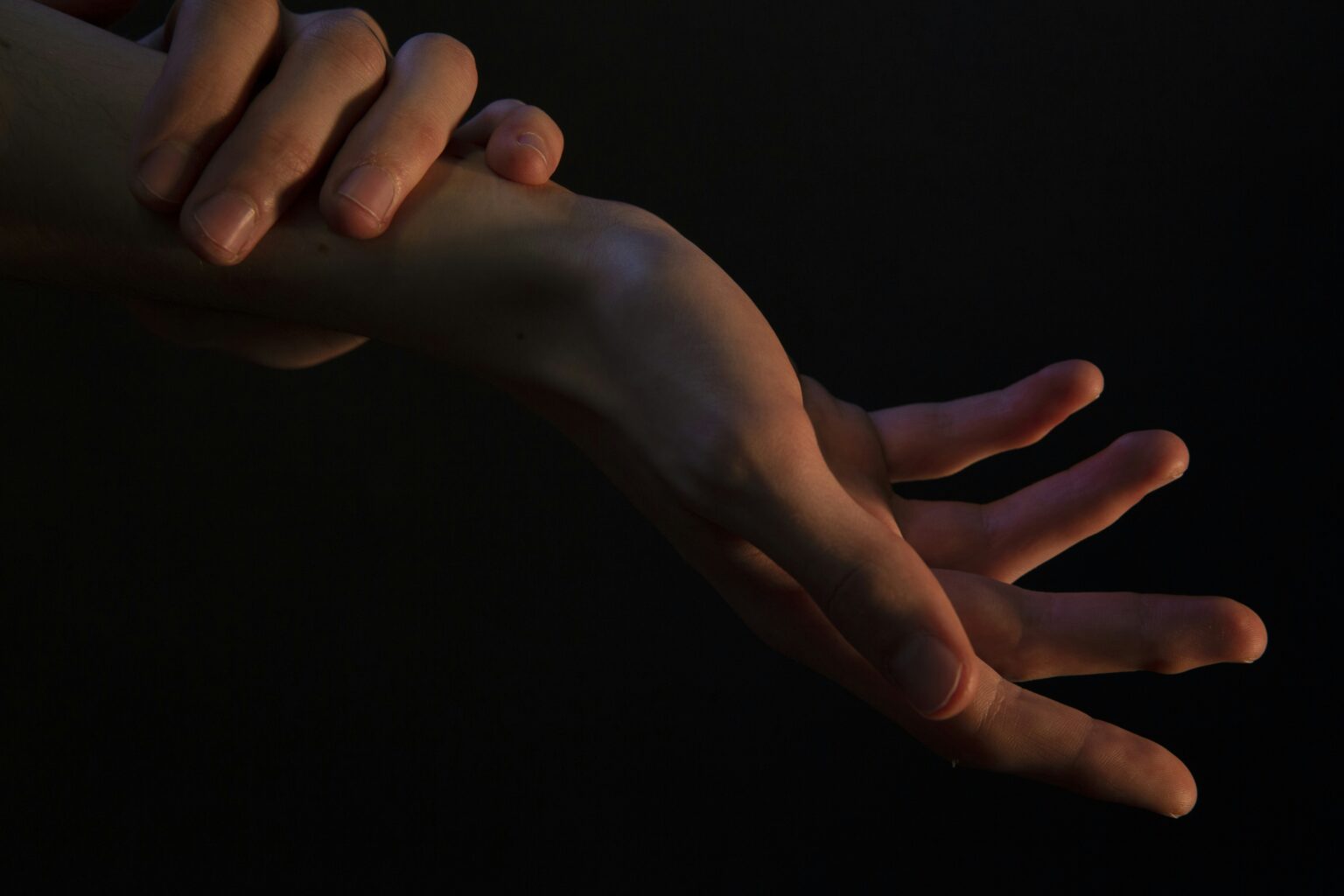
Other Symptoms
Sometimes, patients experience what is known as pseudobulbar palsy. This manifests itself in sudden, uncontrollable bursts of laughter or crying that are unrelated to the situation. People with ALS may also have difficulty controlling their facial expressions, which can make their facial expressions appear unnatural or inappropriate to their emotions.
Although ALS mainly affects the muscles, some patients also experience cognitive impairment. They have problems with concentration, planning, and memory. Some also develop frontotemporal dementia, which manifests itself in apathy, impulsiveness, and behavioural changes.
Diagnosis
ALS is a complex condition that can be very hard to detect in its early stages. Therefore, patients must undergo numerous tests. These examinations can also distinguish the disease from other ailments that exhibit symptoms of muscle weakness.
Neurological Tests
The first step is a thorough neurological examination to assess muscle strength, reflexes, coordination, and muscle tone. The neurologist checks for signs of damage to both upper and lower motor neurons. This examination is painless and non-invasive – the patient performs specific movements and other commands, and the doctor assesses how the muscles work. The El Escorial criteria and their newer versions are also used in the diagnosis of ALS to help doctors confirm the diagnosis.
Laboratory Tests
Although there is no laboratory test to confirm ALS, blood and urine tests are very important because they help rule out other diseases with similar symptoms. These include infections, autoimmune diseases, and vitamin deficiencies. Medical teams also more often carry out genetic testing to find specific gene mutations. This allows for better treatment and prognosis of the disease.
Electromyography and Imaging Tests
Electromyography (EMG) is very important in the diagnosis of ALS, as it provides a lot of important information. It allows the doctor to assess how the nerves transmit impulses to the muscles. This makes it possible to detect any damage to motor neurons even when the symptoms are not yet apparent.
Specialists also order MRI scans of the brain and spinal cord to confirm that the symptoms do not come from other diseases, for example, brain tumours. In ALS, MRI images usually do not show major abnormalities, although sometimes changes in the motor cortex or corticospinal tracts can be seen, confirming the loss of neurons.
Treatment
The treatment of ALS requires a comprehensive approach and focuses not only on medication but also on overall patient support. It includes pharmacotherapy, physical rehabilitation, speech therapy, and psychological support for patients and their families.
Pharmacotherapy
Patients usually take several medications that work in different ways to slow the progression of the ALS disease and alleviate symptoms. Some preparations limit the excessive secretion of glutamate, a substance that damages nerve cells in excessive amounts. There are also drugs available that have an antioxidant effect, contributing to the death of neurons. Medications can also be used to reduce troublesome symptoms such as pain, muscle spasms, and drooling.
Respiratory Support
At a certain stage of ALS, patients begin to have breathing problems. The loss of strength in the diaphragm and chest muscles leads to chronic respiratory failure, making medical care essential. Regular lung examinations are necessary, and patients can assist themselves through non-invasive ventilation. However, as symptoms worsen over time, surgery may be necessary. A tracheostomy, which is the surgical creation of an opening in the front of the neck, allows the patient to breathe when the airways are no longer functioning.
Nutritional Support
Interestingly, diet is very important in ALS. It helps maintain proper body weight, which is extremely important because weight loss is often associated with a poorer prognosis. Patients should therefore ensure they consume the right amount of calories, especially if they have weakened chewing muscles. However, if eating and swallowing become too difficult in the more advanced stages of the disease, tube feeding may be necessary to ensure that the body continues to receive all the nutrients it needs.

Speech Support
The disease also impairs the ability to communicate. This is a major obstacle that affects daily functioning. Therefore, patients may also benefit from the help of a speech therapist. Speech therapy may be beneficial initially, but over time, it becomes necessary to develop alternative methods of communication. Patients then convey their thoughts by writing on boards or electronic devices.
Mobility Support
As the ALS disease progresses, the muscles gradually weaken, so patients need help with mobility and maintaining daily comfort. Various assistive devices help with this, such as orthoses or crutches, which facilitate walking. In more advanced cases, a wheelchair may be necessary. At home, it is a good idea to install handles to help maintain balance, for example, next to the bed or in the bathroom. When the neck muscles weaken, patients can use special headrests to support their head. Rehabilitation and regular exercise are also important parts of treatment, helping to maintain mobility for as long as possible.
Psychological Support
Depression often accompanies people with ALS. This is understandable, as the disease is very difficult, causing a lot of suffering and limitations in everyday life. That is why it is so important for patients to have psychological support to help them cope with their emotions, anxiety, and feelings of helplessness. Talking to a psychologist or participating in support groups can significantly improve the well-being and quality of life of patients.
Prognosis
Despite intensive research into ALS and the search for new treatments, the disease remains incurable. It is progressive in nature, which means that over time it leads to increasing weakness of the body and, unfortunately, to the death of the patient.
The prognosis is poor. Most people with ALS live less than 5 years from the time of diagnosis. Death most often occurs when the muscles that control breathing become too weak, leading to respiratory failure.
Sources
- Ryan G. Brotman, Maria C. Moreno-Escobar, Joe Joseph, Sunil Munakomi, Gauri Pawar (2024). Amyotrophic Lateral Sclerosis. https://www.ncbi.nlm.nih.gov/books/NBK556151/
- Maximilian Vidovic, Lars Hendrik Müschen, Svenja Brakemeier, Gerrit Machetanz, Marcel Naumann, Sergio Castro-Gomez (2023). Current State and Future Directions in the Diagnosis of Amyotrophic Lateral Sclerosis. https://pubmed.ncbi.nlm.nih.gov/36899872/
- Pranvera Hoxhaj, Natasha Hastings, Meet Popatbhai Kachhadia, Riya Gupta, Udeept Sindhu, Shreya A. Durve, Areeba Azam, María J. Auz Vinueza, Bhuvan, Shwe H. Win, Deepak C. Rathod, Aiman P. Afsar (2023). Exploring Advancements in the Treatment of Amyotrophic Lateral Sclerosis: A Comprehensive Review of Current Modalities and Future Prospects. https://pmc.ncbi.nlm.nih.gov/articles/PMC10585945/

Diabetes: What Is, Types, Symptoms, and Diagnosis

Intermittent Fasting: What Is, and What Can You Eat

Chromosome: What Is, Functions, Conditions, and How To Treat

Abscess Tooth: What Is, Causes, Diagnosis, and Treatment
Basal Cell Carcinoma: What Is, Causes, Signs, and Diagnosis
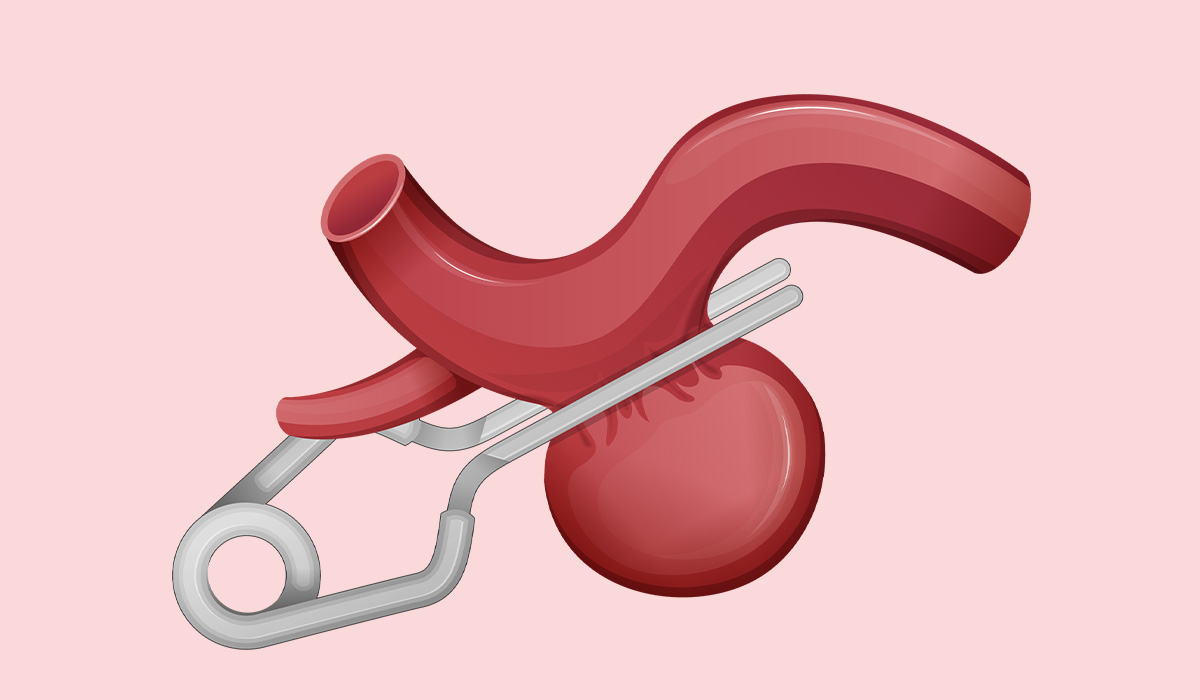
Aneurysm: What Is, Signs, Diagnosis, and Treatment
Esophagitis: What Is, Symptoms, Diagnosis, and Treatment

Arthritis: What Is, Causes, Complications, and Treatment

Biotin: What Is, Uses, Biotin Deficiency, and Dosing
Blackheads: What Are, Types, Causes, and Skin Care

Vitamin B1
Morton’s Neuroma: What Is, Types, Diagnosis, and Treatment
Folic Acid: What Is, Uses, Dosage, and Symptoms of Deficiency

Hyperkalemia: What Is, Signs, Diagnosis, and Treatment
Bilirubin Levels: What Are, High Bilirubin vs Low Bilirubin
